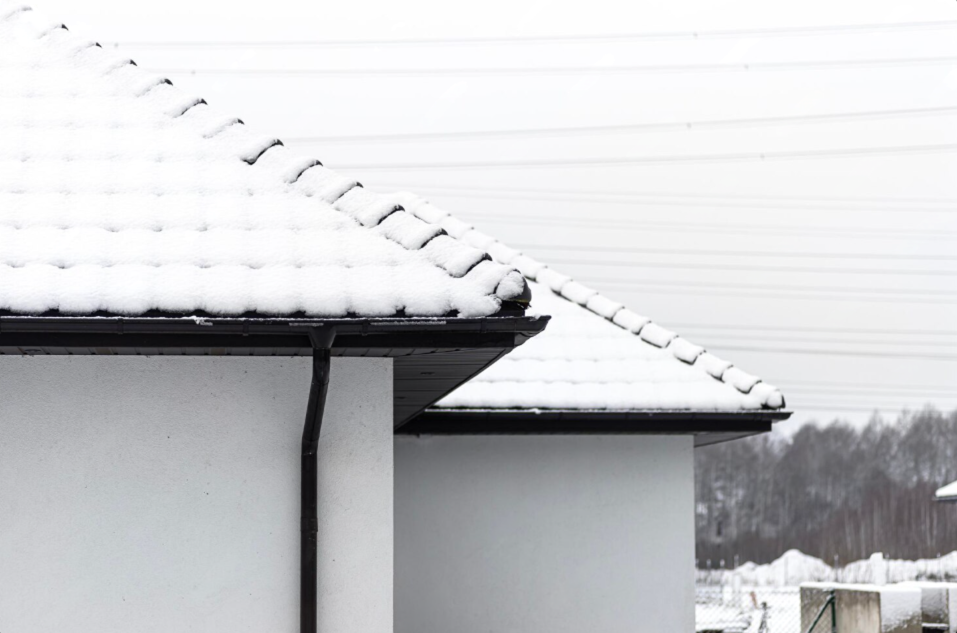If there is no visible damage to your roof, it might be tempting to just leave your shingles alone. However, it is always safer to replace your shingles when they are near the end of their lifespan, or if there is reason to believe there is weather-related damage.
When in doubt, consider getting an expert opinion from a credible roofing company. If you are not yet sure whether or not you should call someone, here are 6 signs your shingles need replacing.
1. Shingles are at the end of their lifespan
If you know that your roof is already at the end of its lifespan, consider having the entire roof surveyed for age-related damage. Your roof’s lifespan depends on the kind of shingles you have. When you have around 3 to 5 years before the average shingle lifespan, begin checking for signs of damage.
Here are the lifespan projections for each type of roof:
- Asphalt shingles – 15 to 20 years
- Wood shakes – up to 30 years
- Slate, copper, and tile roofing materials – 50 years or more
No matter what kind of roof you have, know when you need to start looking for age-related damage. Whether or not there is visible damage, consider having a professional contractor survey your roof and assess its potential needs.
2. Shingles are curling or warping at the edges
If the edges of your shingles are lifting from the material, creating a lifted or feathered appearance, then individual shingles or whole sections are already falling to age or persistent bad weather.
If you see any curling or warping on your shingles, take some time to walk around your house and check the roofing (if you are confident on a ladder). The curling may be just to individual shingles, which would need to be replaced. If the curling is to whole sections of the roof, you may need to consider replacement.
3. Shingles are cracked or broken
Shingle cracks or breaks may not be as obvious as shingle curling. The granules and reflective particles in the shingles would confuse the eye even more. However, the moment you see an obvious crack, it would be a good idea to check for others across your roof.
After a careful inspection, any cracked or broken shingles would need to be replaced as soon as possible. Such damaged shingles, if left without replacement, can lead to leaks, roof warping or sagging, or the growth of moisture and molds. You may need a professional contractor to look into cracks that are not as easy to see, or structural damage you might have missed.
4. Shingle alignment affected by moss and moisture
If you see any moss growing on your shingles, consider having them checked or even replaced. While moss is not immediately damaging to your roof, the growth can speed up the wear and tear on your shingles. Moss also traps moisture, which in colder weather can lift or warp shingle alignment.
You may feel like ignoring mossy shingles is acceptable in the short-term, but if the moss spreads it can cause premature aging of your roof. Consider having your roof cleaned of the moss, or even professionally checked for damage so you can replace any badly affected shingles. If you clean before you replace, you’ll be paying twice for service.
5. Shingles are balding or missing
Shingles are usually covered with granules that make them weather-resistant and fire-resistant. In general, your roof should have an even, grainy look from every angle. If the roof starts to look bare and patchy in any way, you may have shingles that are losing their granules. If your gutters start to collect more granules than usual, consider having your roof checked for balding or aging shingles.
If your shingles are missing, naturally it’s a warning sign when it comes to shingle replacement. More than aesthetics, you want to avoid leaks, a roof open to weather, and the risk of structural damage to your roof. Missing shingles may not be immediately visible, especially in the roof corners, but the moment you see any, take action to avoid even more damage.
6. Bad weather just passed through
If you had a recent storm, or hail or rough winds passed through your hometown, you may want to consider having your roof checked at once. There may be no visible damage, and your shingles may seem all in place and intact, but that is even more cause to be cautious. You may still be at risk for structural damage or weakened shingles that may show their damage later on.
You may not schedule a professional consultation right after one storm, but if you’ve been having a season of bad weather, it would be a good idea to schedule one as soon as the weather clears up enough for it to happen.
Is it Time to Replace Your Shingle?
Shingle replacement is an inevitable part of, well, having a roof. Part of responsibly maintaining your home is making sure it is structurally sound and as up-to-date as possible. Only paying attention to visible damage will not get you far enough. These signs that your shingles need replacing will help you make timely decisions for your roof and home.




